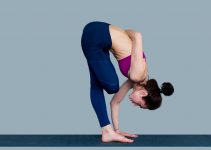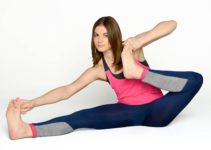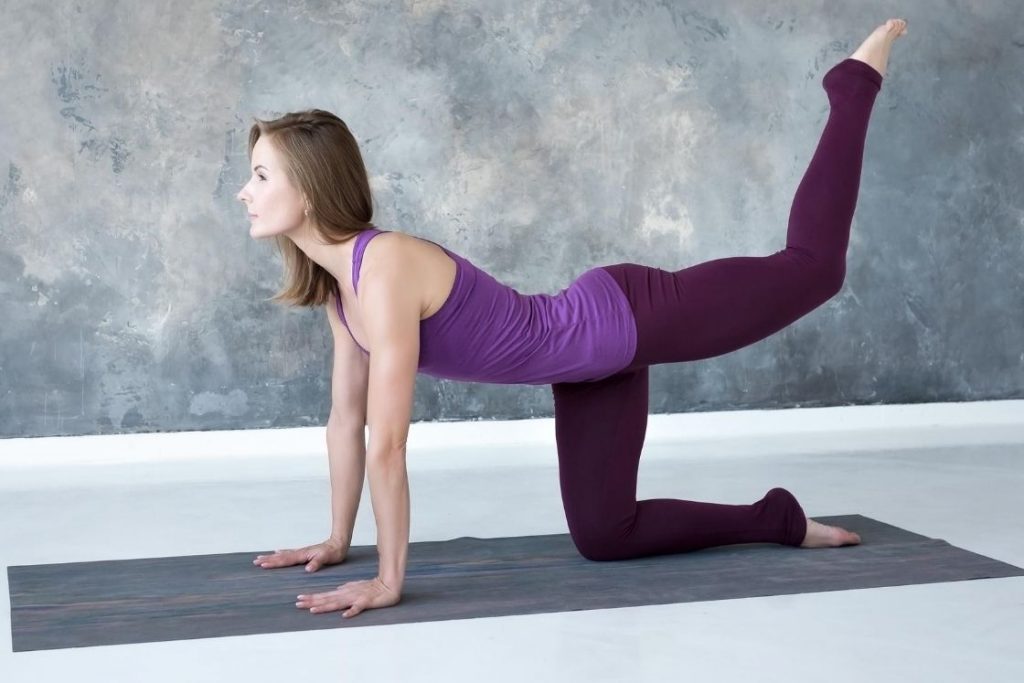
Tiger pose is a great stretching workout of the spine which let hips and thighs to open at its maximum. So it’s most beneficial for persons who are in a desk job and have consistent lower back pain.
This asana is a beginner series, balancing, and backbend pose where you will need to hold body symmetrically in a tabletop position. It’s similar to cat-cow stretch but on one leg and one hand (in its variation).
Meaning
In Sanskrit, it’s called Vyaghrasana, Vyaghra means Tiger. When a tiger wakes up from sleep or feels tired, then to refresh its whole body, the tiger stretches from the front legs to the back.
Emulating the same stretch, in tiger pose yoga, we raise a leg in tabletop position and pull it forward. The same leg goes down under the hips and stretches forward to reach the forehead. It gives convex-concave stretch to the spine.
Vyaghrasana is mentioned in a 17th-century treatise Hatha Ratnavali by Srinivasa Bhatta as one among 84 asanas taught by Lord Shiva. It’s said to be an important pose of Hatha Yoga.
It is believed that Shiva picked up 84 asanas from 8,400,000 living creatures and taught them for the welfare of human beings.
Tiger Pose Practice Guide
To do tiger pose, go through the following points:
Precautions & Contraindications
- Practitioners with pain in the lower back, injury to hips, neck, and knees in the past few months should refrain from doing tiger pose.
- In the condition of back, cervical, spondylitis consult a doctor; or practice under the guidance of a qualified teacher.
- During pregnancy, avoid doing Vyaghrasana.
- People with a heart condition should go mild while being guided by the skilled instructor; Hernia patients also avoid it.
Preparatory Pose
- Cat Pose (Marjariasana)
- Table Pose (Bharmanasana)
- Cow Pose (Bitilasana)
Steps
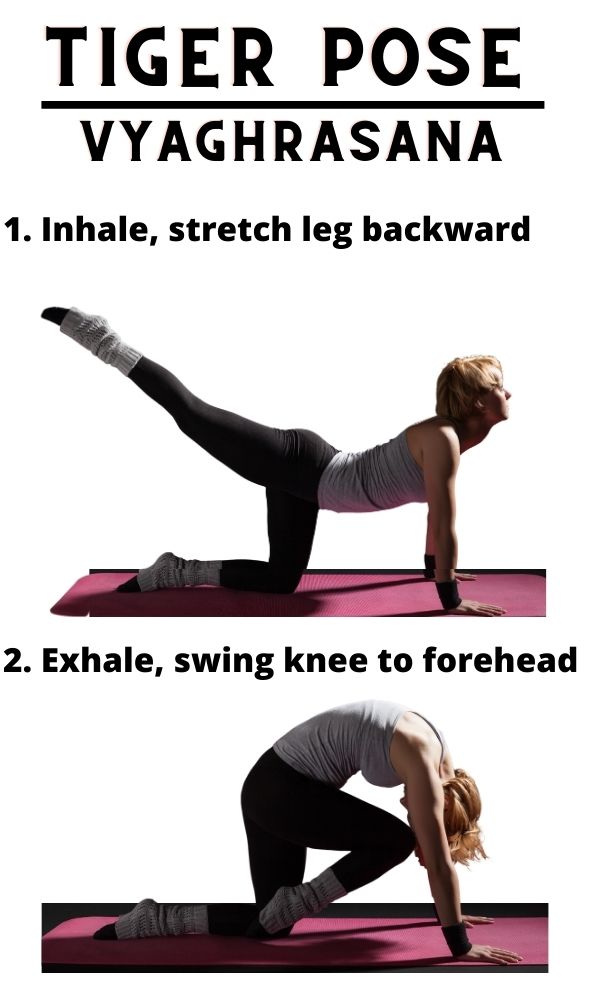
- Come into the cat pose (Marijarisana); look straight and relax your body.
- Now, arch your back downward and straighten your right leg behind. Swing it up.
- Then, bend your right knee, and raise your head up to look at the ceiling side. Lift bend right leg further up and point the sole of it to the back of the head.
- Maintain here and hold your breath.
- After that, straighten your bend right leg and swing it under the hips. Simultaneously, bring your head down, forehead touching the swing right knee while forming an upper curve in a back.
- Hold here and retain breath outside for a few seconds.
- Then, take the leg back again, straighten it and stretch gently. Finally, bring the right knee down the floor back into the initial Marjariasana.
- Repeat in a similar way with the left leg.
Follow Up Pose
Beginners Tips
- While arching back upward, make sure that your thigh touches the chest and your foot does not touch the ground.
- Initially, due to a stiffened body, it would be hard for some practitioners to complete the asana in one go; here one should know own body limit and avoid overstraining.
Props and Modifications
- Practitioners with limited shoulder movement can wrap a strap around the ankle; now, by extending arm’s reach, one can easily practice this asana.
- Practitioners with stiffened hamstring and hip joint; can use wall support, they can extend reach by placing knee higher on the wall.
Variations
On modifying the original tiger pose, these variations can be practiced to deepen its affect.
1. Uthana Vyaghrasana – Raised Tiger Pose
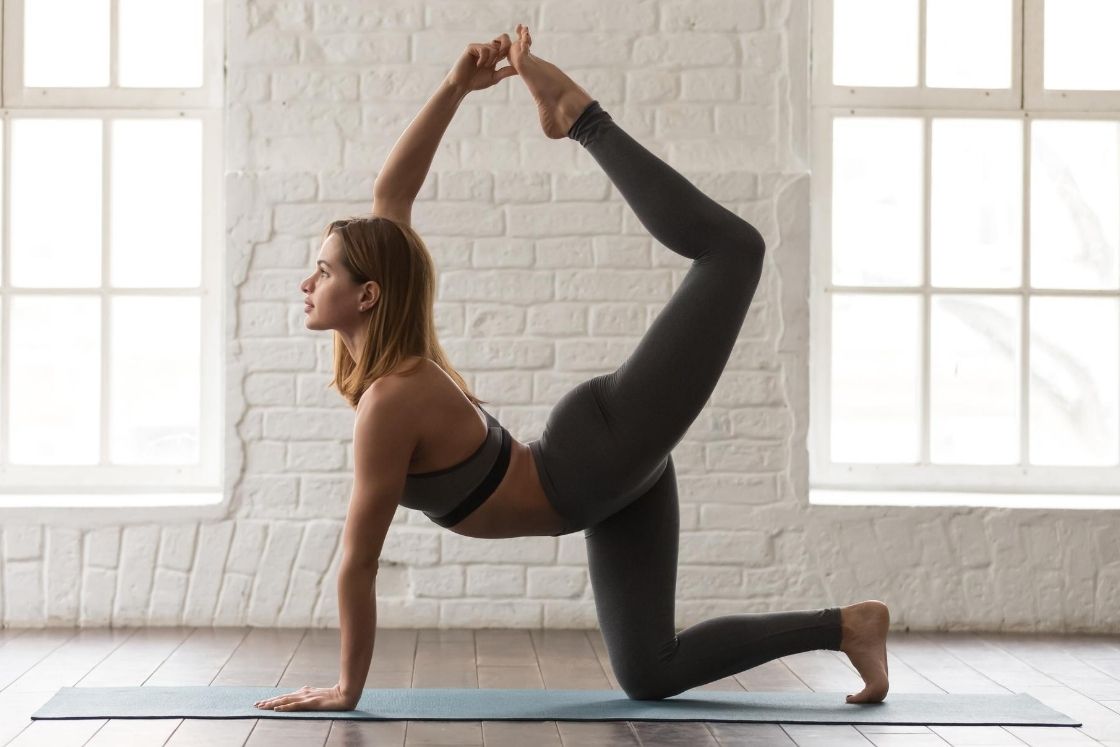
This variation deepens the effect of the stretch. In this, the raised leg foot is grabbed by the hand and stretched it towards the ceiling, aiming to straighten leg in an upside-down position.
2. Vyaghrasana, foot touching head
In a position where the sole of the right foot faces the back of the head; Try to touch your back of the head by the right foot sole.
Maintain as long as you can hold your breath and then return back in an above-stated way.
3. Vyaghrasana, foot resting on head
This variation is similar to the first one but here foot resting on the ground is lifted; practitioners should balance their body on hands and one knee simply.
Tiger pose Benefits
- Enhances Spinal flexibility – Tiger pose makes the spine to move in a wave-like manner; This loosens up the intervertebral joints and also lubricate well by the spinal fluid. Therefore, the spine becomes supple and flexible.
- Tones and Soothes Sciatic and Spinal Nerves – Stretching of legs after arching of the back simultaneously revitalize the sciatic and spinal nerves.
- Activates Sacral Chakra – While Gazing upward, your back arches downward in this asana, which creates an energetic loop around the seat of the sacral chakra and balance it. A balanced sacral chakra lets your food digest properly, gives you pleasure, movement, and creativity.
- Strengthens Female Reproductive System – Tiger pose is especially recommended to the Post-pregnancy women. It tones and invigorates the female reproductive system and strengthens the muscles in this area. However, it also restores the reproductive health of women with many births.
- Stimulates Abdominal Blood circulation – Raising and lowering of the legs in this asana contracts and relaxes the abdominal region; due to the activeness of the abdomen, the blood circulation to the abdominal muscles increases. Apart from that, the enhanced circulation; improve feedback from the organs of the concerning region.
- Reduces Weight – Active metabolism burns off the extra fat around the hips, thighs, belly, and waist. Hence, reduces weight and makes one healthy in the long run.
- Relaxes the mind – Up and down movement of the head free up the tension from the neck that supports the head. The swinging movement of the head induces relaxation and ultimately calms the mind.

